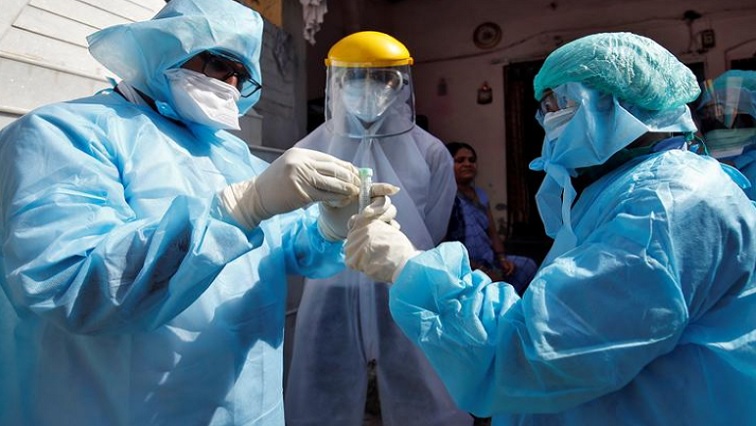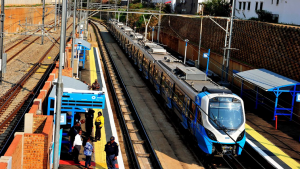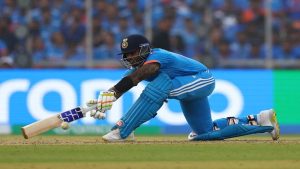India has posted another grim global record, more than 346 000 cases and over 2 600 deaths in the last 24 hours.
No other country has recorded more cases in a single day. But, as India fights a deadly second wave of infections, it is doing so with its healthcare infrastructure at the very brink of collapse.
For more than three days now, the country has recorded more than 300 000 cases every day, that’s the biggest daily spike anywhere in the world. It’s also posted more deaths than any other country.
But many experts are pointing to the fact that crematoriums in the country are working round the clock, to say that it’s quite possible that India may be undercounting its COVID-19 deaths.
Hospitals in India overwhelmed as new COVID-19 cases rise:
Many people in the country are now dying, not only because they have COVID-19, but because they are unable to access basic medical care.
In new Delhi, the country’s capital which is home to 20 million residents, most hospitals have run out of beds, essential supplies, and oxygen as well. This time around, many more people complaining of severe infections that need them to be given oxygen supplies, but what has happened is that the surge has been so massive that most hospitals are now operating with dwindling supplies.
In the last two days, the country has seen at least 40 people die in New Delhi because oxygen supplies at those hospitals were dangerously low. At least a dozen hospitals have sent Save Our Souls (SOS) messages to the central government, asking them to send more supplies urgently.
Because of this shortage, many hospitals are no longer taking COVID-19 patients, leading to overly dramatic scenes outside Delhi hospitals.
“You have people who are sitting on gurneys, inside ambulances, many inside their cars or even on the footpaths, holding onto portable oxygen cylinders hoping they will get admission before their supplies run out,” says SABC News Correspondent, Neha Poonia.
The country’s Health Minister, Doctor Harsh Vardhan, says that the government has now set up a control room, in a bid to ensure that there is a seamless supply of oxygen to regions that need it.
The Indian air force has been pressed into service, the Indian railway network – an extensive route of trains – is also transporting oxygen to interior regions. But criticism is mounting about how Prime Minister Modi’s government has handled the crisis.
On Saturday, Modi waived off import duties on oxygen and other essential medical equipment, indicating that India might be looking at airlifting these critical supplies from other countries.
But experts are pointing out that this current deadly second wave of infections is likely to the only peak around mid-May, which means that as the days progress, the pressure on India’s already stretched healthcare resources will only increase.






